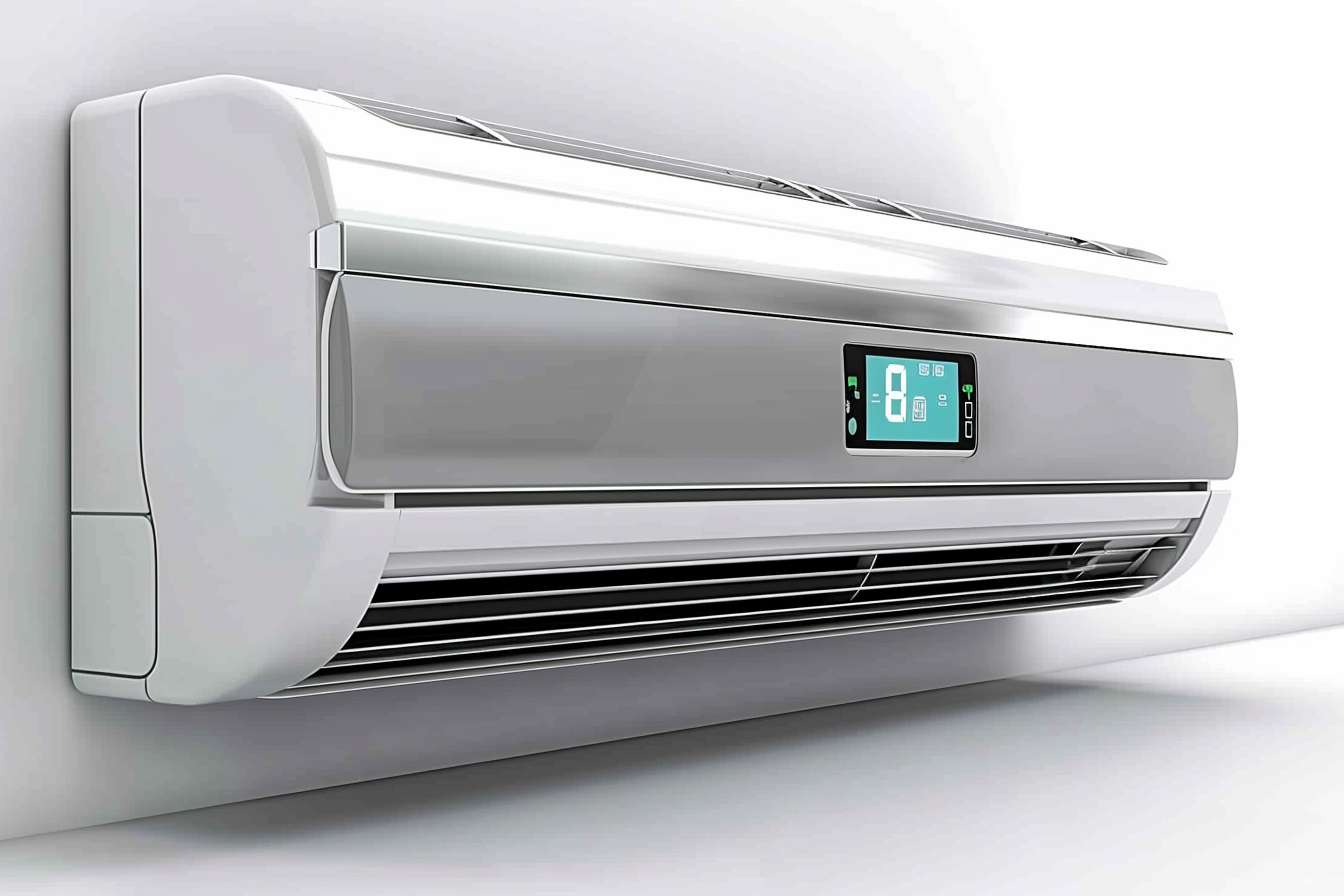Refrigerators: practical guide for kitchen and home appliances
A refrigerator is a central appliance in many households, keeping food fresh and reducing waste while shaping kitchen layouts and routines. This article explains how refrigerators work, what to consider when choosing one for your home, energy and electronics aspects, routine maintenance, and practical installation tips for the kitchen. The aim is to provide clear, usable information for readers considering or using a refrigerator.

What does a refrigerator do in the kitchen?
A refrigerator’s main role in the kitchen is to slow food spoilage by maintaining low temperatures that inhibit bacterial growth. Modern refrigerators provide several compartments—fridge, freezer, and sometimes specialised zones for vegetables or deli items—so different foods can be stored under optimal conditions. In the kitchen design context, refrigerators influence workflow, cabinet layouts, and traffic patterns. When placed close to food preparation and storage areas, a refrigerator can make cooking more efficient. Consider how door swing and clearance will affect kitchen ergonomics before choosing a model.
How to choose an appliance for your home
Selecting a refrigerator involves matching capacity, features, and size to household needs. Key questions include: How many people live in your home? Do you need a large freezer for bulk purchases? Will the appliance fit through doorways and into its allocated kitchen space? Decide between types—top-freezer, bottom-freezer, side-by-side, French door or compact models—based on storage habits and available space. Also weigh features such as adjustable shelving, humidity-controlled drawers, ice and water dispensers, and smart controls. Balancing these factors helps ensure the refrigerator you select suits daily routines without unnecessary complexity.
Energy use and electronics in refrigerators
Refrigerators are among the higher electricity users in the home due to continuous operation. Energy efficiency ratings and insulation quality can significantly influence running costs over time. Look for models with good energy ratings and modern compressors that adjust cooling based on demand. Electronic features—digital thermostats, adaptive defrost, and smart sensors—can improve temperature stability and energy use when implemented well. However, advanced electronics may increase initial cost and require occasional firmware updates or repairs. Consider both energy labels and estimated annual consumption to understand expected electricity use.
How to maintain a refrigerator
Regular maintenance preserves performance and extends the life of your refrigerator. Clean condenser coils (often at the back or beneath the unit) every six months to a year to maintain cooling efficiency. Defrost manual-freeze models when frost exceeds a small thickness; frost-free models still benefit from occasional checks of seals and drainage channels. Check door gaskets for cracks or deformation to maintain a tight seal and prevent cold air loss. Inside, store raw and ready-to-eat foods separately, and keep temperature settings within recommended ranges—typically around 1–4°C (34–39°F) for the fridge and −18°C (0°F) for the freezer. Regular cleaning of shelves and drawers prevents odours and cross-contamination.
Placement and installation in the kitchen
Proper placement and installation are essential for safe, efficient operation. Refrigerators need space for airflow around the condenser and should be level to ensure proper door alignment and drainage. Avoid placing the appliance next to heat sources like ovens or direct sunlight, which forces the compressor to work harder. If the unit requires a water connection for an ice maker or dispenser, ensure plumbing meets local standards and that filters are accessible for replacement. For integrated or built-in models, plan cabinetry clearances and ventilation panels according to manufacturer specifications. When moving or installing heavy units, consider professional local services to reduce the risk of damage or injury.
Conclusion
A refrigerator is a key kitchen appliance that affects food safety, energy consumption, and kitchen layout. Choosing the right model involves considering capacity, features, energy performance, and how it fits into daily routines and the physical kitchen space. Regular maintenance and thoughtful installation help keep a refrigerator running efficiently for years, supporting household needs while managing running costs and environmental impact.






